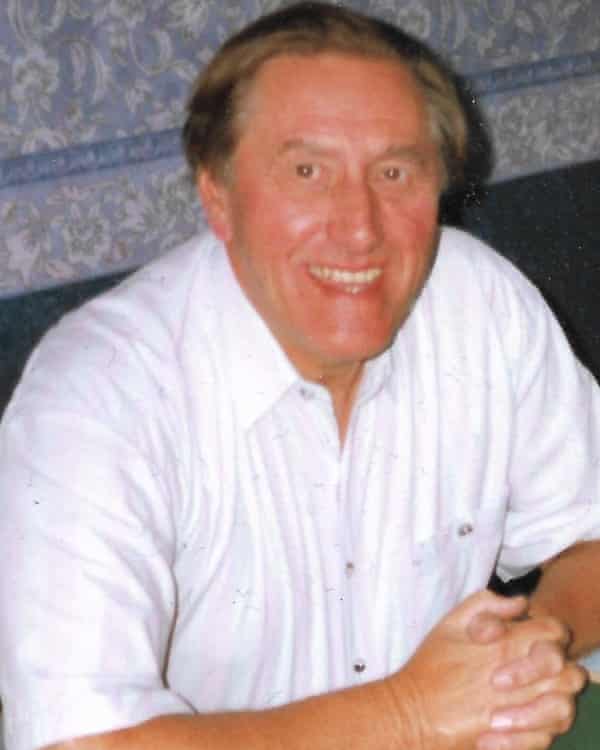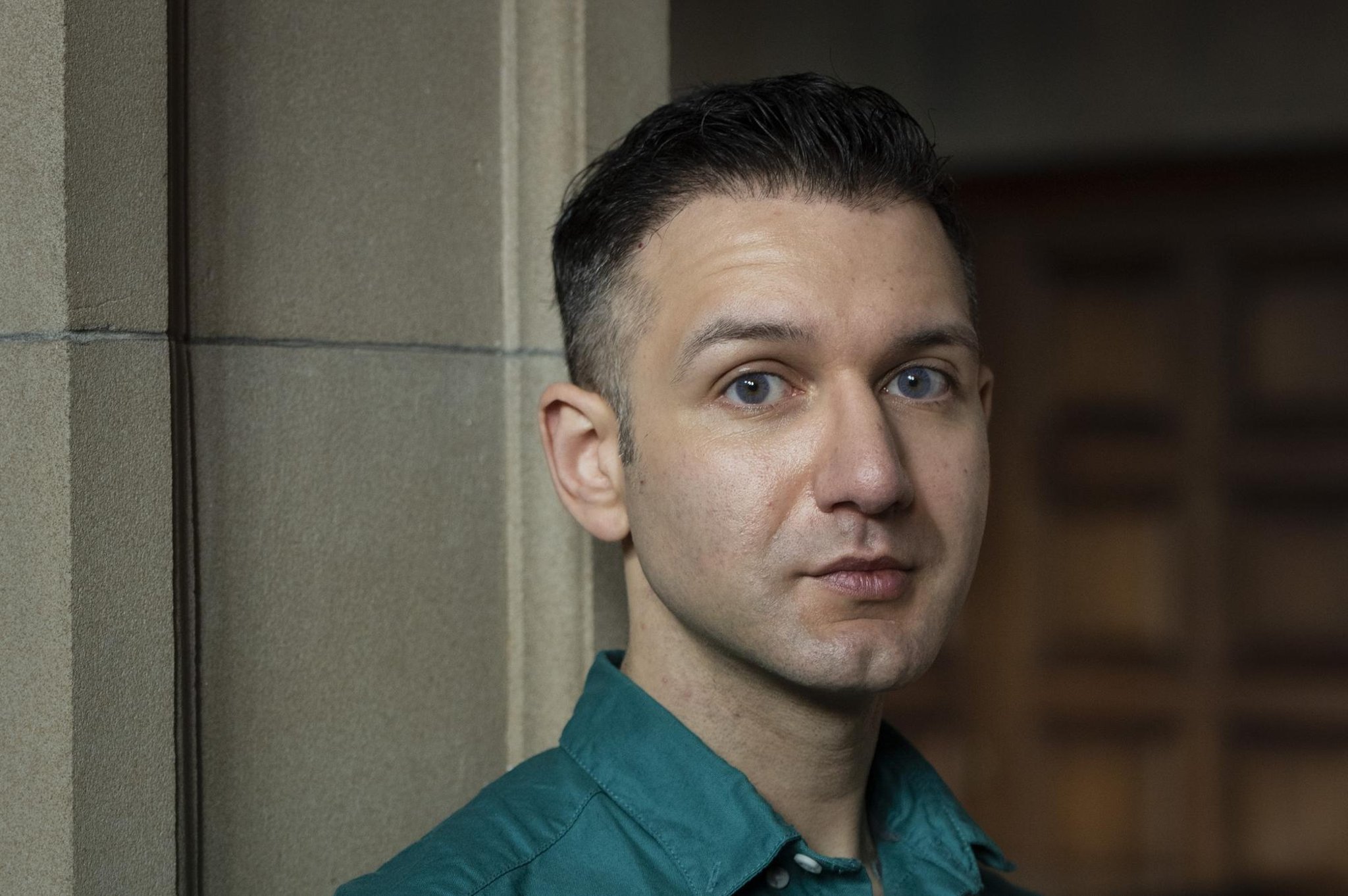[ad_1]
When did the concept of the individual appear in Western Europe? According to Swiss historian Jacob Burckhardt, writing in the mid-19th century, it was during the Italian Renaissance, from the end of the 13th century. However, in 1972 Colin Morris, who died at the age of 93, challenged this still widely held orthodoxy with his book The Discovery of the Individual, 1050-1200.
Using evidence from a wide range of written sources, Colin argued that the “long 12th century” saw the first flowering of autobiographical writing in the West; new, more personalized forms of religious practice, including private and individual confession; a new relationship with God and the saints; and, in the secular world, new representations of human love. As one reviewer wrote in 1975, “any future exploration of this subject will have to begin right here.”
Articles on crusades, pilgrimage, and saints cults were followed by The Papal Monarchy: The Western Church 1050-1250 (1989). Colin described there the emergence of papal power, which, supported by a sophisticated legal and administrative structure, led to an increasing centralization of ecclesiastical authority in Rome and a corresponding narrowing of local autonomies, and an inevitable conflict with secular powers, such as Henry II of England or the Holy Roman Emperor Frederick Barbarossa. At the same time, control of secular beliefs and religious practices was encouraged through education and legislation.
But this panoramic study goes far beyond the papacy, as it examines both the internal dynamics and tensions of the Church and its external strategies towards outsiders, whether in the Western world, such as Jews and Christians. heretics, or beyond, in the Eastern Church and Islam. The massive erudition is displayed with an elegance and liveliness with which I became very familiar thanks to a colleague who was a considerable storyteller.
Colin’s research has always been guided by a deep interest in medieval art and architecture, particularly in France and Italy. His study Bringing the Holy Sepulcher to the West: S Stefano, Bologna, from the Fifth to the 20th Century (1997) details the seven churches of Santo Stefano, an extraordinary complex of buildings designed as a literal representation of the holy places of Jerusalem, which were increasingly difficult to access after the fall of the crusade initiatives in the 13th century.
The Sepulcher of Christ and the Medieval West: From the Beginning to 1600 (2005) uses visual evidence to great effect to demonstrate how the tomb of Christ served as a home for Crusader ideology before the fall of Jerusalem in 1187, is became a model for the new Templar churches, including the Temple Church in London, then provided a model for the creation of “alternative tombs” in new centers of devotion and pilgrimage across Europe, such as the Jeruzalemkapel in Bruges and the Holy Sepulcher in Görlitz, Saxony.

Born in Hull, Colin was the son of Kitty (Catherine, née Metham) a tailor, and Harry Morris, a traveling salesman, who died when Colin was 11 years old. At the age of nine he won a scholarship to Hymers College, Hull, and from there a scholarship to Queen’s College, Oxford, where he earned a first class degree in Modern History (1948).
After 13 months of national service he returned to Queen’s for another BA, again first class, in theology. After studying at Lincoln Theological College, in 1953 he was ordained a deacon and appointed chaplain and researcher in medieval history at Pembroke College, Oxford, and in 1954 he was ordained a priest.
Two years later he married Brenda Gale, a psychiatrist.
In Oxford, Colin joined a stellar group of medieval historians, including Richard Hunt, Beryl Smalley and Richard Southern, who were transforming the understanding of the intellectual, cultural and religious landscape of the central Middle Ages, as did their contemporaries Giles Constable and Robert Benson. . in the USA. He then served for a time as the acting principal of his college during a vacancy, a rule he called Republican. It was also a period of student unrest, to which he, always a leftist, was largely sympathetic, especially for his internationalist concerns.
In 1969 he attended the University of Southampton as a professor of medieval history. His leadership there during often difficult times was marked by good-humored impartiality and support for all the academic historians under his charge. In 1993 he retired as professor emeritus and continued his research without bothering with academic duties. Throughout, he stuck to the principles of being truthful, kind, and curious. In 2007 he was elected Fellow of the British Academy and, two years later, Honorary Fellow of Queen’s University.
Brenda survives him, along with their children, Christopher, Gillian and Michael, and their grandchildren, Alice, John, Marc and Colin.
[ad_2]
Source link




